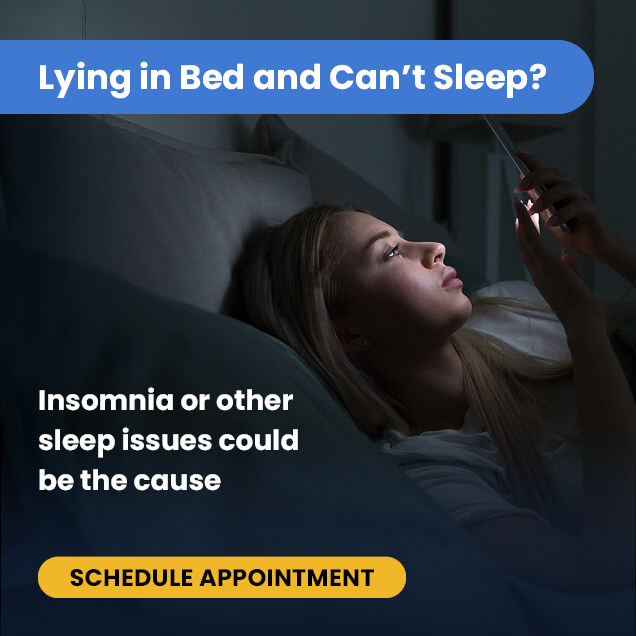Use the player to listen to the article and/or continue to read below.
What is Circadian Rhythm? | Circadian Rhythm Disorder | Reset Your Circadian Rhythm
Overview
A lot of things can disrupt your body’s circadian rhythm. It can be caused by anything from jet lag to shift work to altering your bedtime to suit your schedule.
These factors can wreck your sleep and put you in a cycle of continuous sleep deprivation. At first, you may have mild symptoms, like fatigue, daytime sleepiness, clumsiness, and irritability. Over time, chronic sleeplessness could lead to severe health conditions, like obesity, diabetes, heart disease, or high blood pressure.[1]
This article defines circadian rhythm and the steps you can take to get your sleep back on track.
What is a Circadian Rhythm?
Circadian rhythm is the body’s master timekeeper; an internal clock that operates on a 24-hour day cycle. It runs tirelessly taking you from wakefulness to sleepiness.
A circadian rhythm is not exclusive to humans, even plants and animals have one. In humans, our internal clock controls nearly all our bodies’ functions. It controls when we feel sleepy and when we feel alert; when we feel hungry; our metabolic rate; digestion; and mood.[2]
The internal clock resides in the brain’s hypothalamus and it functions by collecting light information from the eyes. It passes on the information to other ‘workers’ in the brain, including the pineal gland, which releases melatonin, the sleep-inducing hormone.
Sufficient light entering the eyes tells our internal clock that it’s daytime. This information is sent to the pineal gland, which stops the production of melatonin, causing us to stay alert.
However, when less light is received, our internal clock interprets it to be nighttime, so the pineal gland starts producing the sleep hormone to help us sleep.[3] That’s why the light signals we send to our brain – either from sunlight or a digital device – can either support our sleep schedule or steer it off track.
Circadian Rhythm Sleep Disorder
When your circadian rhythm is out of whack, you may have a Circadian Rhythm Sleep Disorder (CRSD). This disorder consists of six conditions where the internal circadian timing system and desired sleep-wake times are not in proper alignment. However, before you seek help from your doctor, you may want to try these tips to get your sleep back on track.
6 Ways to Reset Circadian Rhythm
1) Adjust Your Sleep Schedule Gradually
For many of us, it helps to take slow and steady steps when we want to achieve long-term results.
If you’re a chronic late sleeper and your new aim is to start sleeping earlier, it’ll help you physically and mentally to scale back your bedtime in 15- to 30-minute increments until you reach your desired bedtime.
For example, say your regular bedtime is 1 am, but you want to change it to 10 pm. It is recommended you go to bed no more than 15–30 minutes earlier on the first day.[4]
Three days later, after your body has adjusted to the new time, scale back your bedtime to another 15 to 30 minutes. Continue this process until you reach your desired bedtime. There’s a good chance you’ll need to set your desired wake time on your alarm clock.
If you want to adjust your bedtime so that you’re going to bed later, simply reverse the process at the same intervals. For the record, it’s far easier to stall sleep than it is to force yourself to sleep early.
2) Maintain a Sleep Schedule
The moment you achieve your desired bedtime, make sure you stick with it.
Our internal clock gets its cues from consistency and routine. After working hard to adjust your sleep time, but you start staying up late every now and then or waking up later on weekends, you’ll disrupt your internal clock’s balance.
For some people, one late night is enough to ruin any progress they have made; therefore, try not to throw your sleep off schedule by working late, catching up on social media, or Netflixing.[5]
3) No Napping
Avoid napping; especially late afternoon as it can interfere with sleep. Instead of giving in to the urge to nap during the day, try exercising. Find an exercise that works for you. A 5-minute workout or less can forestall sleepiness, helping you stay awake until your desired bedtime.
4) Dim Your Lights
Before going to bed, try to dim your lights, and avoid blue light-emitting gadgets, like TVs, cell phones, and laptops. Bright lights send a signal to your brain that it’s time to wake up; meanwhile, darkness tends to lull you to sleep.
When it’s nighttime, the brain’s suprachiasmatic nucleus (the ‘master clock’ controlling the circadian clock) activates the pineal gland. This action causes the gland to start producing melatonin, which leads to sleepiness.
It’s necessary to dim your lights in the evening because excessive light can weaken your sleep drive.[6]
5) Wind Down Before Bed
Food can cause heartburn, which can keep you up, and stimulants, such as nicotine and caffeine, can make you unnecessarily alert, preventing sleep.
Exercise is a two-edged sword. While exercising in the morning or afternoon puts you in peak performance mode throughout the day, exercising at night will delay your body clock, thus affecting your night sleep.
6) ‘Soak up’ Bright Light
Research proves that bathing yourself in the blue-enriched morning light does wonder for stabilizing your circadian rhythm. It can effectively improve both your alertness and response speed.[7] Additionally, exposure to morning light, or special bright special LED lighting, can inhibit the production of melatonin, which is one of the causes of early morning or daytime drowsiness.
Help your body stay alert and shake off sleepiness by opening the blinds, going for a walk in the bright morning light, or eating your breakfast by a window.[8]
Conclusion
If your reset-your-internal-clock effort isn’t improving your sleep schedule as desired, it’s in your best interest to speak with your doctor who can refer you to a sleep specialist.
The sleep specialist would be able to diagnose any underlying conditions or circadian sleep disorders, set you up on a more effective plan, and suggest supplements if necessary.
References:
- NHS (2018, May 30). Why Lack Of Sleep Is Bad For Your Health. https://www.nhs.uk/live-well/sleep-and-tiredness/why-lack-of-sleep-is-bad-for-your-health/#:~:text=If%20it%20continues%2C%20lack%20of,high%20blood%20pressure%20and%20diabetes.> [Accessed 6 November 2020].
- Osmun, R. (2020, Oct 16) Reset Your Broken Internal Sleep Clock & Fix Sleep Schedule. Early Bird by Amerisleep. https://amerisleep.com/blog/reset-sleep-clock/> [Accessed 6 November 2020].
- Reddy, S., Reddy, V. and Sharma, S. (2020, Jul 10). Physiology, Circadian Rhythm. nlm.nih.gov.<https://www.ncbi.nlm.nih.gov/books/NBK519507/#:~:text=Circadian%20rhythm%20is%20the%2024,light%20changes%20in%20our%20environment.> [Accessed 6 November 2020].
- Burgess, Eastman, C., Fogg, L., Gazda, C., Revell, V., Smith, M. (2006). Advancing Human Circadian Rhythms with Afternoon Melatonin and Morning Intermittent Bright Light. The Journal of Clinical Endocrinology & Metabolism, [online] 91(1), pp.54-59. Available at: <https://academic.oup.com/jcem/article/91/1/54/2843255> [Accessed 11 November 2020].
- Loria, K., (2017, March 11). How To Reset Your Body Clock For Daylight-Saving Time And Jet Lag, According To Science. Business Insider. https://www.businessinsider.com/how-to-reset-internal-body-clock-2017-3?IR=T [Accessed 6 November 2020].
- Robinson, L., Segal, R., and Smith, M. (2020, October) How To Sleep Better. Helpguide. https://www.helpguide.org/articles/sleep/getting-better-sleep.htm [Accessed 6 November 2020].
- Münch, M., Nowozin, C., Regente, J., Bes, F., De Zeeuw, J., Hädel, S., Wahnschaffe, A., & Kunz, D. (2016). Blue-Enriched Morning Light as a Countermeasure to Light at the Wrong Time: Effects on Cognition, Sleepiness, Sleep, and Circadian Phase. Neuropsychobiology, 74(4), 207–218. https://doi.org/10.1159/000477093
- Hashimoto, S., Takasu, N., Tanahashi, Y., Yamanaka, Y., and Yamazaki, A (2006, Dec 1) Repeated Exposures to Daytime Bright Light Increase Nocturnal Melatonin Rise and Maintain Circadian Phase in Young Subjects Under Fixed Sleep Schedule. American Journal of Physiology-Regulatory, Integrative and Comparative Physiology, 291, No. 6. https://journals.physiology.org/doi/full/10.1152/ajpregu.00211.2006






